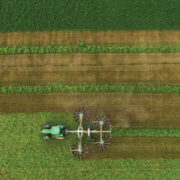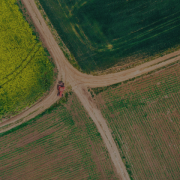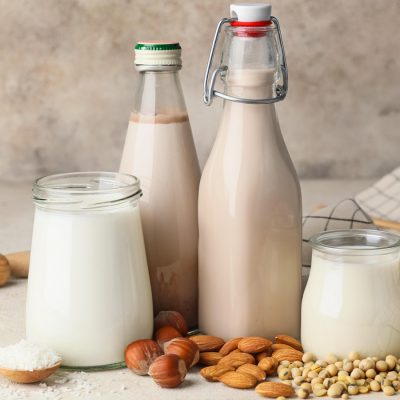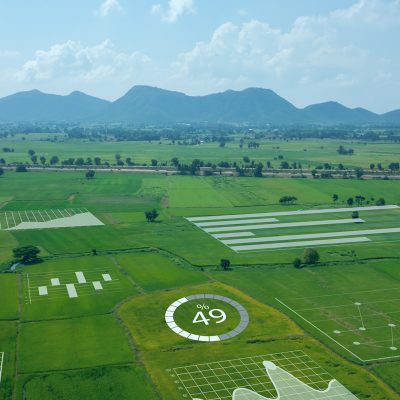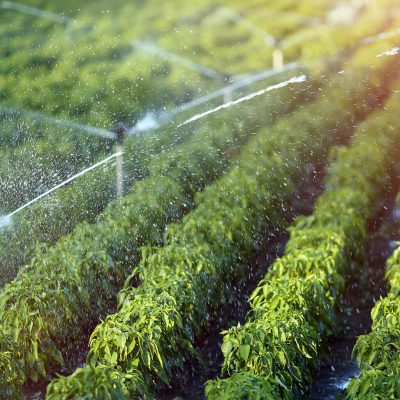By Dr. Sulaiman Rashed Al Nuaimi
CEO – Government Relation
January 12, 2021

The Food and Agriculture Organization of the United Nations recently produced a publication, which is part of the State of the World Series, and we believe that there are several important points mentioned that are worth discussing. It begins with a brief overview of water use by the food processing industry and what is known (which is not very much). As people are ingesting these food products, it is crucial that we are informed of what we are consuming and what the processes entail to produce this food. The fact that little is known about this industry is worrisome. Also mentioned in the article is the fact potable, or drinking, water is used in the manufacturing food industry. This is a crucial point to mention because only 3 percent of the earth’s water is drinkable, and of that 3 percent, only 0.5 percent of that is accessible. Consequently, the importance of the food processing industry, cannot be overstated given how scarce fresh, drinkable water is, and how access to it is not a given for all people, especially in impoverished countries.
It is also important to mention that the manufacturing food industry utilizes a substantial amount of water, and in the process, it generates a considerable amount of wastewater, the majority of which (more than 70 percent) is ejected. Given that potable water is utilized in this process, this number is quite alarming. That number may vary, however, based on a number of factors, such as processing conditions and cleaning procedures. Also discussed is the water quality and its importance for food production and transformation. In fact, many food-borne illnesses can be traced back to substandard water quality utilized during food production, processing, and preparation. The consequences of this will be examined further in our next article, which delves more deeply into this topic and into some of the efforts that manufacturers have taken to save water.
